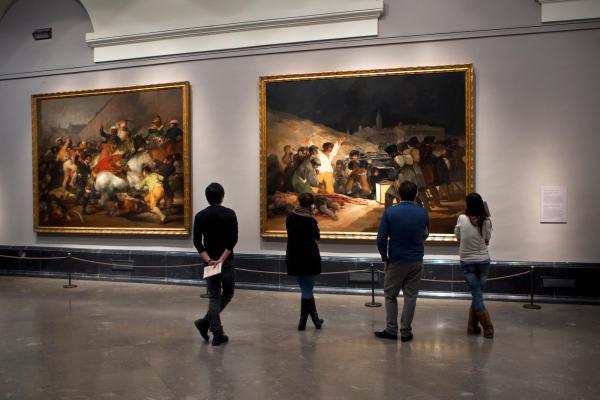Aug 8, 2017
More than 50 years later, California still lists lethal gas as a legal execution means. So do five other states: Arizona, Mississippi, Missouri, Oklahoma, and Wyoming, although Mississippi and Oklahoma, which use nitrogen hypoxia, don’t use that term. (More on that below). I learned this as I searched on my phone standing in front of John Singer Sargent’s monumental 1919 painting “Gassed,” which is on display in the New-York Historical Society’s exhibition “World War I Beyond the Trenches” (through Sept. 3).
Read the Full Article

Already a subscriber? Login
